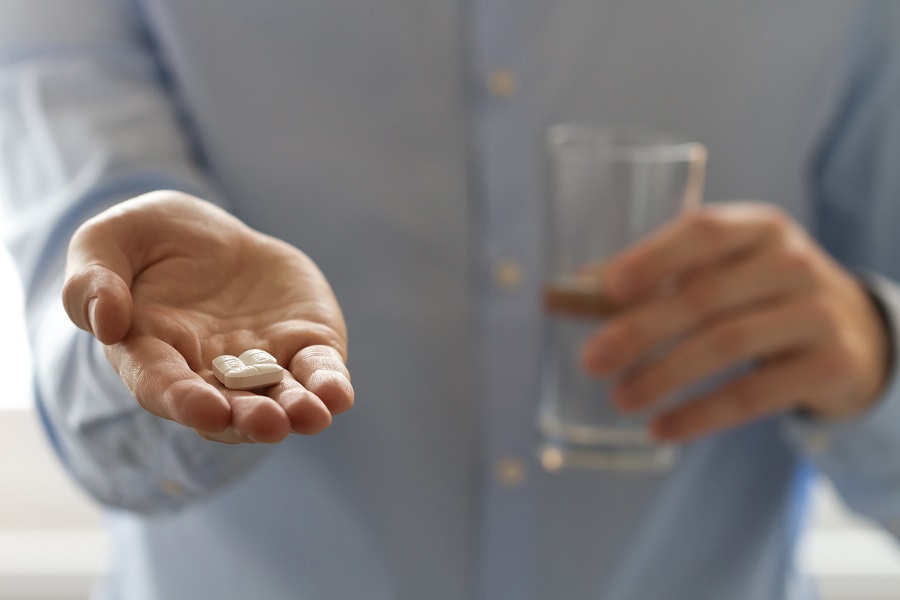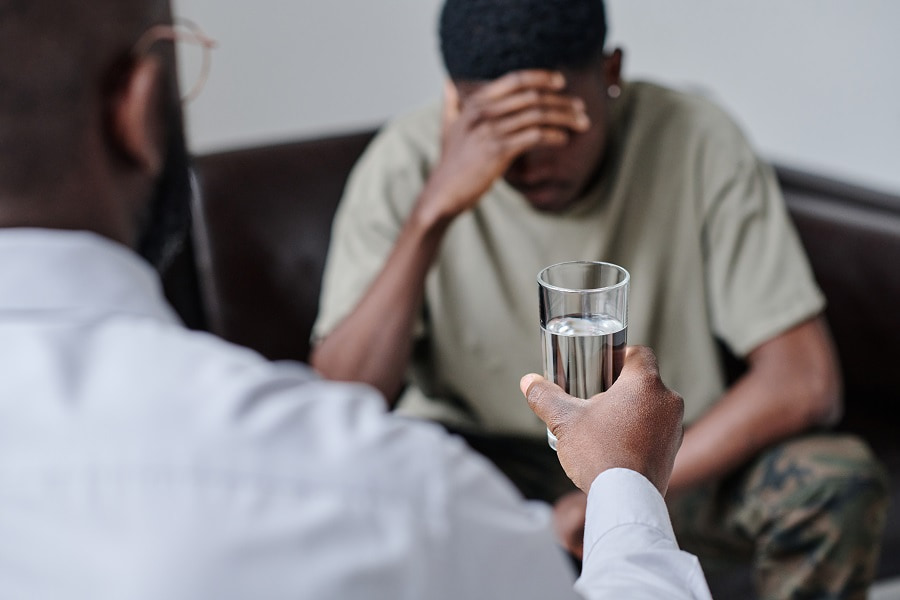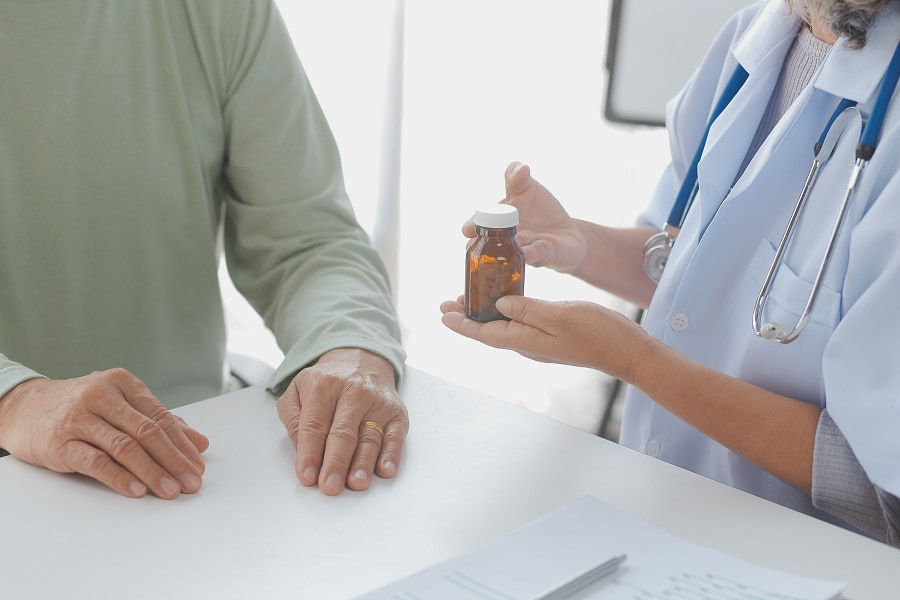Opioid Side Effects On The Brain and Body
Unraveling the intricate impact of opioids on both the brain and body are imperative for constructing a nuanced and effective approach to treatment. Opioids, whether prescription painkillers or illicit substances like heroin exert their influence on the central nervous system. They bind to specific receptors in the brain, disrupting the normal communication between neurons and altering the release of neurotransmitters.
In the brain, opioids can induce a sense of euphoria and relaxation while simultaneously dulling pain perception. This dual effect contributes to their high potential for misuse. Prolonged opioid use can lead to changes in the brain’s structure and function, fostering dependence and addiction.
The impact on the body is extensive. Opioids can cause respiratory depression, constipation, and a range of other side effects. The potential for addiction and the risks associated with prolonged use necessitate a thorough understanding of these side effects to tailor the treatments for opiate addiction effectively.

Symptoms and Signs of Opioid Addiction
Identifying the subtle signs and symptoms of opioid addiction is fundamental in recognizing the need for the types of treatment for opiate addiction. Individuals grappling with opioid addiction may exhibit behavioral, physical, and psychological changes. Early recognition of these signs allows for proactive intervention and a higher likelihood of successful treatment outcomes.
Here is a list of some symptoms and signs of Opioid Addiction:
- Constricted pupils
- Drowsiness
- Impaired coordination
- Mood swings
- Irritability
- Persistent craving for the drug.
- Secrecy about drug use
- Neglect of responsibilities
- Change in social circles
Symptoms of Opioid Overdose:
Opioid’s addiction help is required if any of these critical symptoms of an opioid overdose are recognized.
Some symptoms include:
- Severe respiratory depression
- Unconsciousness
- Slowed or erratic breathing
- Blue-tinted lips or fingertips.
- Unresponsiveness
Understanding the signs of an overdose empowers individuals, bystanders, and any opiate addiction treatment center to act decisively, reinforcing the importance of education and accessibility to naloxone.
Types of Opiates:
Heroin:
A potent opiate derived from morphine, heroin enters the brain rapidly, producing an intense feeling of euphoria. Its addictive nature and the associated risks make it a significant focus in addiction treatment
Morphine:
As a natural opiate derived from the opium poppy, morphine is a powerful pain-relieving medication often used in medical settings. Its potential for addiction underscores the importance of careful monitoring.
Methadone:
Synthetic in nature, methadone serves as a long-acting opioid agonist, helping manage withdrawal symptoms and cravings in individuals undergoing addiction treatment.
Tramadol:
A prescription pain reliever, tramadol exhibits opioid-like effects, providing relief from moderate to severe pain. Understanding its properties is crucial due to its potential for misuse.
Suboxone and Subutex:
Combining buprenorphine and naloxone, Suboxone is used in medication-assisted treatment for opioid addiction. Subutex, another option, contains only buprenorphine. Exploring the nuances between these medications is essential for tailoring treatment plans.

Treatment Methods for Opiate Addiction:
Opiate addiction treatments can be divided into three major treatment choices for opiate addiction, namely, medication-assisted treatment, alternative treatment, and inpatient vs outpatient treatment.
Medication-assisted Treatment:
Medication-assisted treatment for opiate addiction is a comprehensive examination of how medication, such as methadone or buprenorphine, can aid in opiate addiction treatment. These medications help manage cravings and withdrawal symptoms, supporting individuals on their path to recovery.
Alternative Treatment:
Exploring non-medication options, such as behavioral therapies, counseling, and holistic approaches, to provide a well-rounded strategy for opiate addiction recovery.
Inpatient vs. Outpatient Treatment:
Deciding between inpatient and outpatient treatment programs for opiate addiction is a pivotal choice in the pursuit of opioid addiction recovery. Let’s delve deeper into each option to help you make an informed decision tailored to your needs.
Inpatient vs. Outpatient Treatment:
Inpatient treatment offers a comprehensive and immersive care environment for individuals seeking to overcome opioid addiction. This approach involves residing in a specialized treatment facility for a predetermined duration, providing a structured and supportive setting. Here are key considerations:
- 24/7 Supervision
- Intensive Therapy
- Removal from Triggers
- Community Support
Outpatient Opioid Treatment
Outpatient treatment for opiate addiction provides a more flexible approach, allowing individuals to receive support for recovery while maintaining their daily lives. This option suits those with a strong support system and the ability to manage external responsibilities. Key aspects include:
- Flexibility
- Independence
- Support Systems
- Real-world Application
Opiate Addiction Treatment at Home
For some individuals, seeking opiate addiction treatment at home within their comfort zone may be a viable option. This approach involves outpatient strategies tailored for at-home implementation. Key considerations include:
- Self-Paced Recovery
- Family Involvement
- Challenges and Considerations
- Telehealth Options
You can contact Dr Vorobjev clinic to learn more about treatment options best suited for you or your loved ones.

Stages of Opiate Addiction Treatment in Dr Vorobjev Clinic
If you’re navigating the stages of opiate addiction treatment at Dr Vorobjev clinic, the process begins with open communication and a commitment to transformative healing. Should you recognize signs of opiate addiction in yourself or a loved one, initiating a conversation about concerns sets the foundation for seeking professional help.
The patient’s willingness to embark on treatment is pivotal in this journey, emphasizing a collaborative approach between the individual and the experienced professionals at the clinic. This appointment marks the starting point for a comprehensive assessment, allowing the development of a personalized treatment plan tailored to your unique needs.
For those reaching out for themselves, contacting a doctor or the clinic promptly ensures a swift initiation of treatment. You can also search for opiate addiction treatment near me. The stages of opiate addiction treatment at Dr Vorobjev Clinic prioritize timely intervention, fostering a path to recovery marked by understanding, commitment, and expert guidance.
Effectiveness of treatment for Opiate addiction
Understanding how well treatments for opiate addiction work requires a closer look at how often they succeed and what factors make a difference. A big part of success boils down to the person going through the treatment—how committed they are and how much they want to make a change. Using treatments backed by evidence, like medication-assisted treatment and counseling, really helps improve things.
How long and how intense the treatment is, along with managing other mental health issues if they’re there, also play a significant role. Having friends and family support for opiate addiction withdrawal, planning for what comes after treatment, and keeping an eye on things over time all add up to a more complete way of making sure recovery sticks.
And it’s important to remember that sometimes slipping back into old habits is part of the journey, but having specific plans to stop that from happening is vital. The opiate addiction treatment center that you choose for your treatment also plays a vital role in the effectiveness of your treatment.
Cost of Opiate addiction treatment
The cost of addiction therapy for Opiate drug addiction varies based on the type of treatment method for opiate addiction you choose and the length of time you need treatment. Most treatment procedures are not covered by insurance, so scheduling an appointment with Dr Vorobjev Clinic to discuss this is the best approach to get a sense of how much it will cost.
Doctors
Our clinic is proud to house a cadre of certified and seasoned doctors, each dedicated to providing unparalleled support for you and your loved ones. Whether it’s standard addiction treatment or emergency care for substances like Opiates, our specialists bring a wealth of experience to ensure the highest quality of care. Our team of doctors is what makes us one of the best treatment centers for opiate addiction.
If you’re curious about the faces behind our commitment to your well-being, we invite you to step into our clinic and personally meet with some of the best professionals in the field. Discover how their expertise and compassion converge to guide you toward a journey of recovery and renewed health.
Patents and certificates
Dr Vorobjev clinic holds numerous patents and certificates for various substance misuse therapies. We are certified to deliver several Opiate drug treatment procedures and are pursuing patents for further and new treatments.
- James.
„At Dr Vorobjev’s clinic, doctors prioritize patients and ensure they can positively change our lives. My consultant discussed personalized solutions that pave the way to a healthier, addiction-free life. Dr. Vorobjev gave me another life and helped me by changing my psychological views about addiction.“



